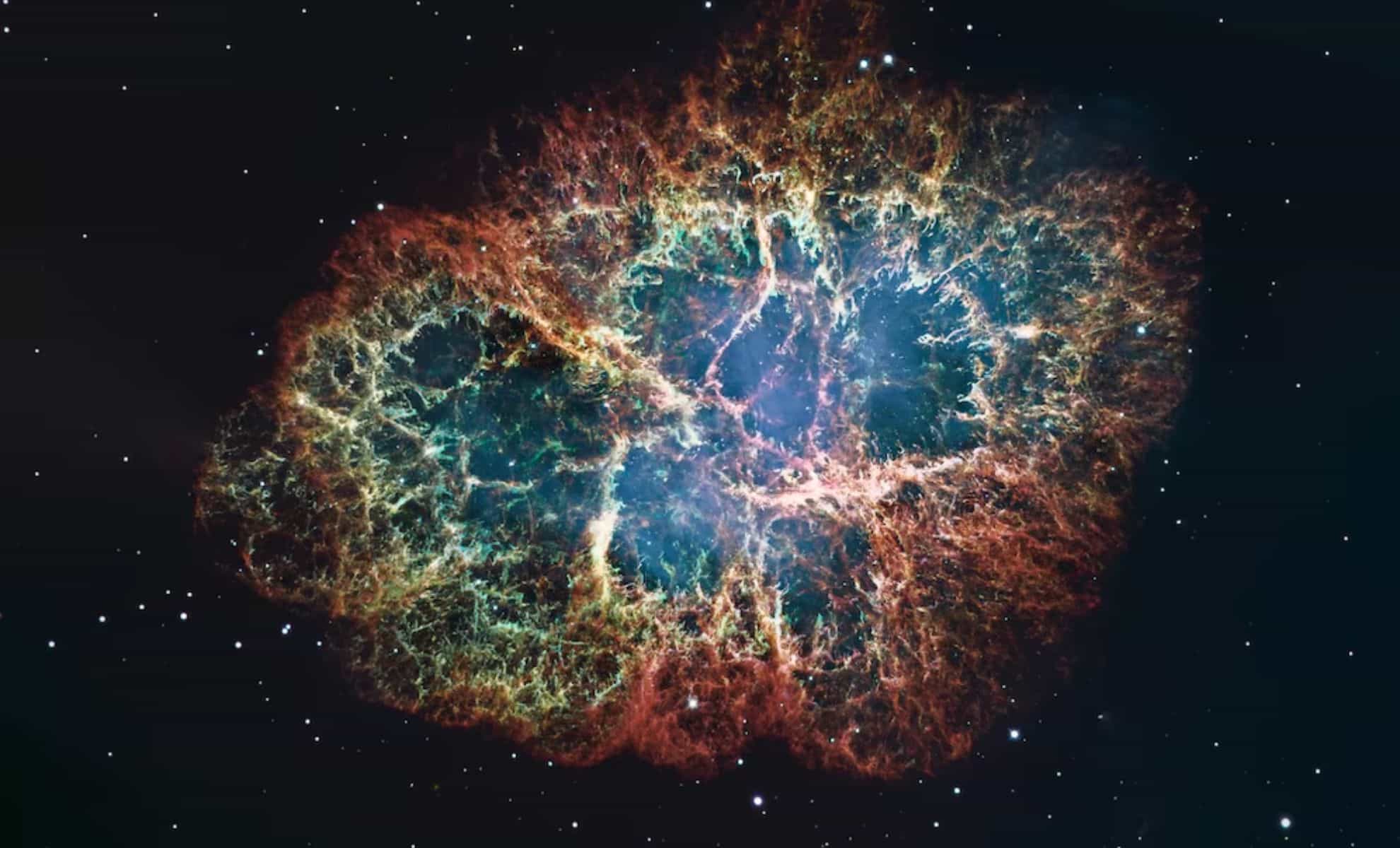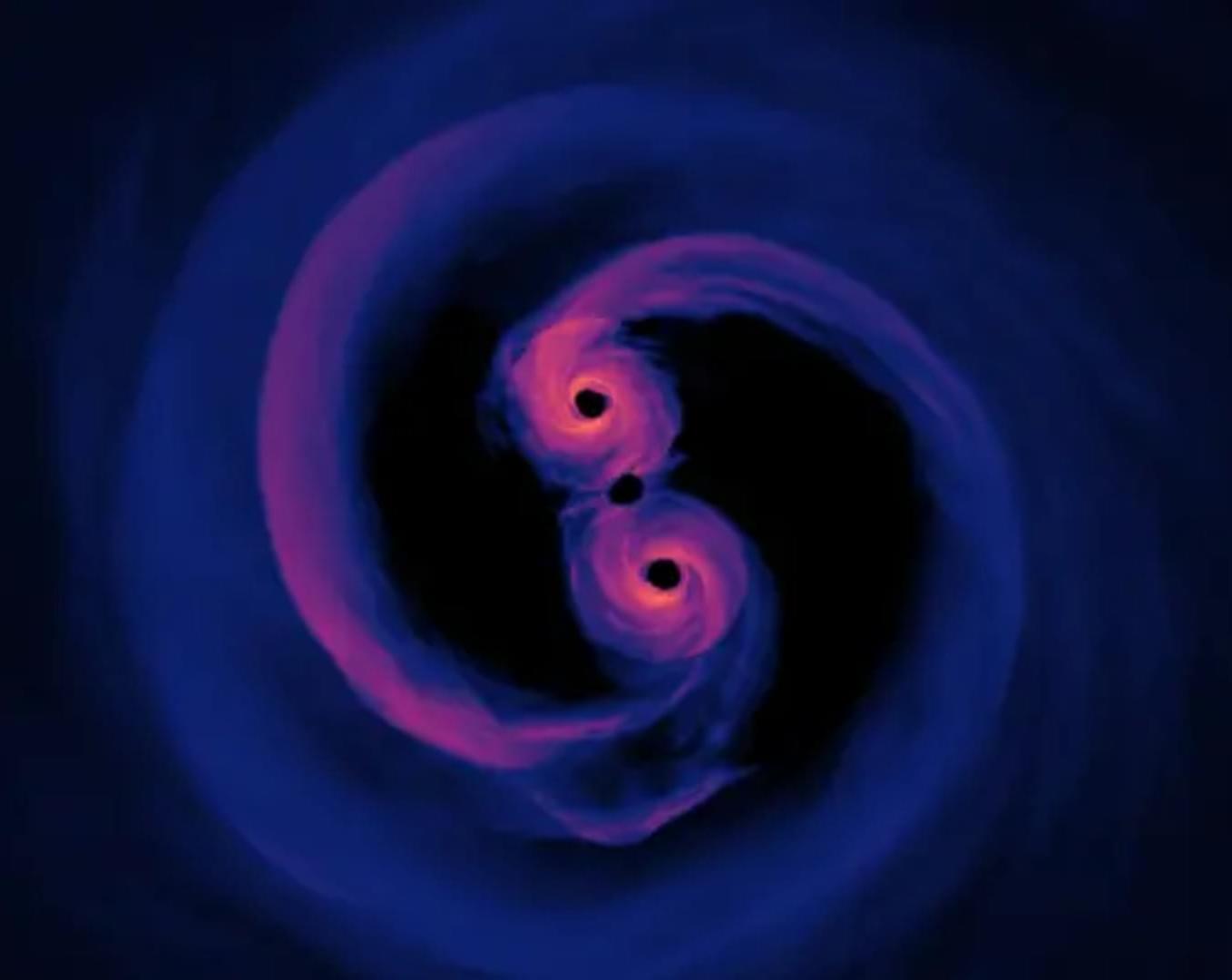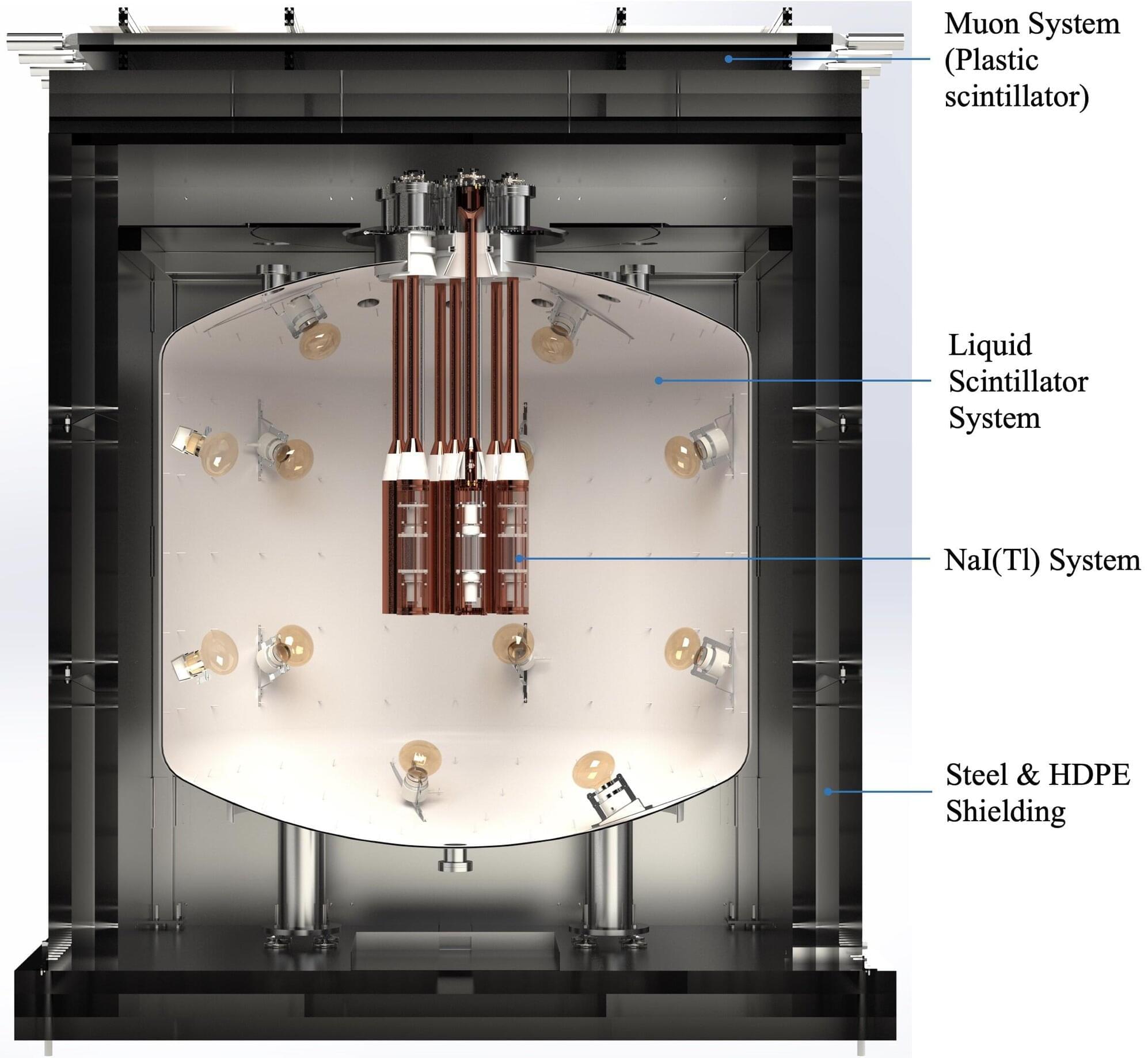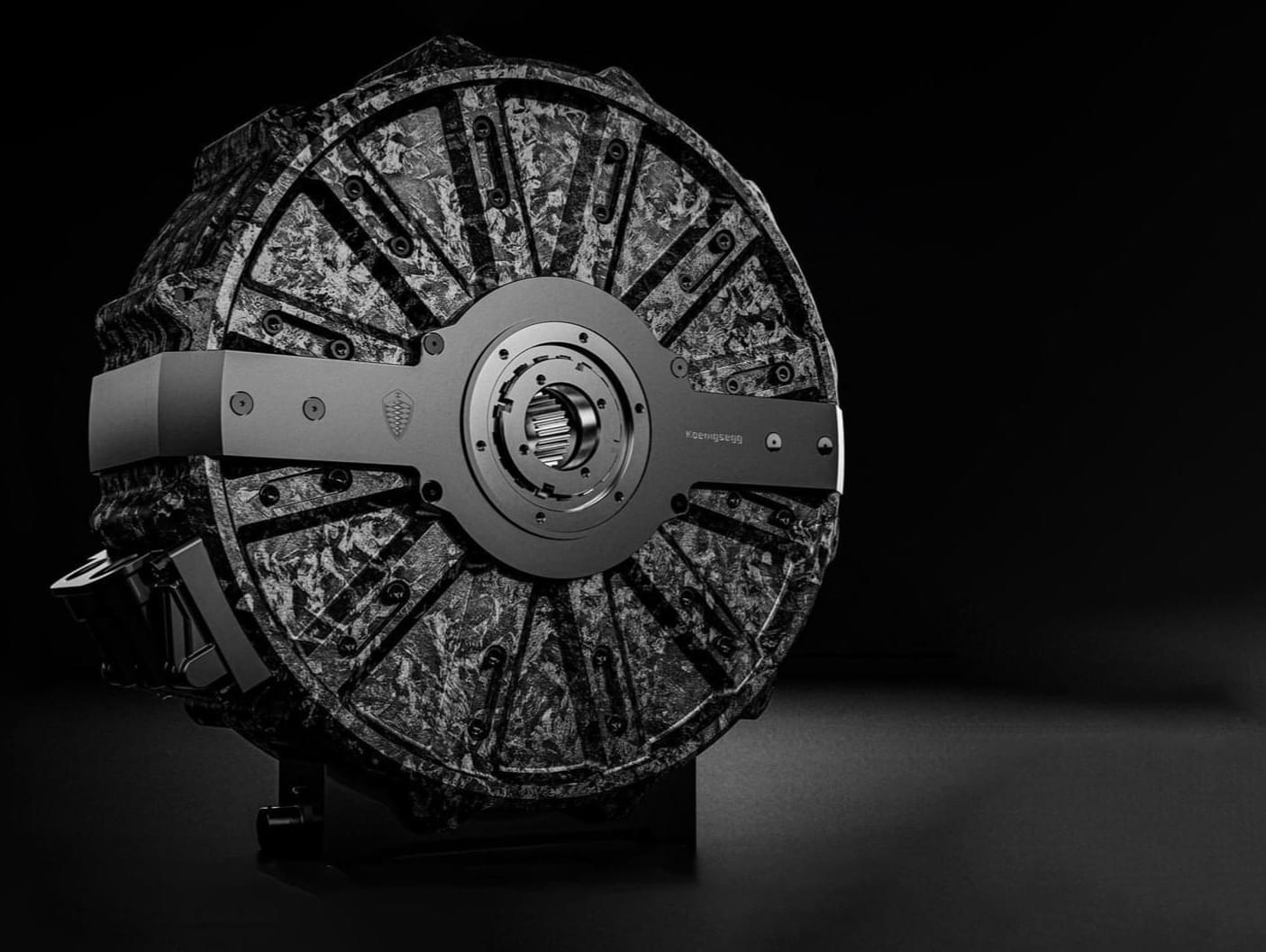What if the universe didn’t begin with a Big Bang? A groundbreaking new theory suggests it evolved through a series of rapid, unseen bursts of energy.
Category: cosmology – Page 3
The NASA team behind the Nancy Grace Roman Space Telescope – due to launch in 2027 – have shared the designs for the mission’s 3 core surveys.
Roman will deepen understanding into the mysteries of astrophysics and the universe.
“Roman’s setting out to do wide, deep surveys of the universe in a way that will help us answer questions about how dark energy and dark matter govern cosmic evolution, and the demographics of worlds beyond our solar system,” says Gail Zasowski, an associate professor at the University of Utah, US, and co-chair of the Roman Observations Time Allocation Committee (ROTAC).
Physicists have built the first-ever lab model of a black hole bomb, a decades-old theory where spinning energy amplifies until it explodes.
Researchers, students and science-lovers across the world now have access to the design of the globally significant SABRE South dark matter experiment in the lead up to its installation in the Stawell Underground Physics Laboratory.
“The SABRE South Technical Design Report Executive Summary” was published in the Journal of Instrumentation in April.
The paper, published by the SABRE Collaboration, details the aims of the SABRE South experiment, which will provide data from the Southern Hemisphere to corroborate results seen in the DAMA/LIBRA Collaboration in Italy.
Researchers have turned NASA’s Parker Solar Probe into a dark-matter detector, taking advantage of its close encounters with the Sun to search for dark-photon signals.
Dark matter is an elusive but consequential substance. It accounts for 27% of the total energy content of the Universe and plays a crucial role in the formation of cosmic structures, acting as the skeleton for the “cosmic web” of galaxies [1]. However, its nongravitational interactions with known particles remain a mystery. Among the many types of dark-matter particles that have been proposed, a compelling candidate is the ultralight dark photon [2]. Just as the photon mediates the electromagnetic force between electrically charged particles, the dark photon would mediate interactions between a hypothetical set of dark particles. Researchers have previously looked for dark photons using lab-based particle detectors and Earth-bound telescopes. But now Haipeng An from Tsinghua University in China and his colleagues have utilized a unique vantage point next to the Sun to search for a dark-photon signal [3].
For the first time, scientists have successfully built a black hole bomb in the lab, a step forward in understanding black holes and their energy potential.
Hubble’s 35-year journey showcases humanity’s boldest space achievements, capturing everything from new stars forming to ancient galaxies.
Its discoveries revolutionized our understanding of black holes, dark energy, and distant worlds, while its stunning images made space exploration a vivid, emotional experience for people worldwide.
Hubble’s 35th Anniversary: A Stunning Celestial Celebration.
There’s no replacement for displacement. An adage that’s been around as long as the combustion engine, really. But these age-old sayings don’t really apply anymore when it comes to electric motors.
Earlier this year, we talked about Koenigsegg’s Light Speed Tourbillon Transmission (LSTT). We explored how it couples the 5-liter, 1,500 horsepower (1,119 kW), 1,106 lb-ft (1,500 Nm) of torque, “Hot V8” engine shoed into the rear of the Gemera hypercar and the 850-volt Dark Matter electric motor mounted in the front – but we never got into the specifics of this insane electric powerplant and what makes it so remarkable.
Unveiled in 2023 and stuffed into the Koenigsegg Gemera, the Dark Matter motor created an entirely new league of high-performance electric motor that didn’t quite exist before. Most of its details are still hidden away in a secret Koenigsegg vault while awaiting patent protection.
A mesmerizing new image of the Andromeda Galaxy reveals it cloaked in glowing gas and surrounded by stars like never before.
A surprisingly well-formed spiral galaxy has been spotted just a billion years after the Big Bang, challenging long-held beliefs about how quickly galaxies evolve. Named Zhúlóng, after a Chinese solar dragon, it looks remarkably like our Milky Way, with spiral arms, a central bulge, and a sprawli









